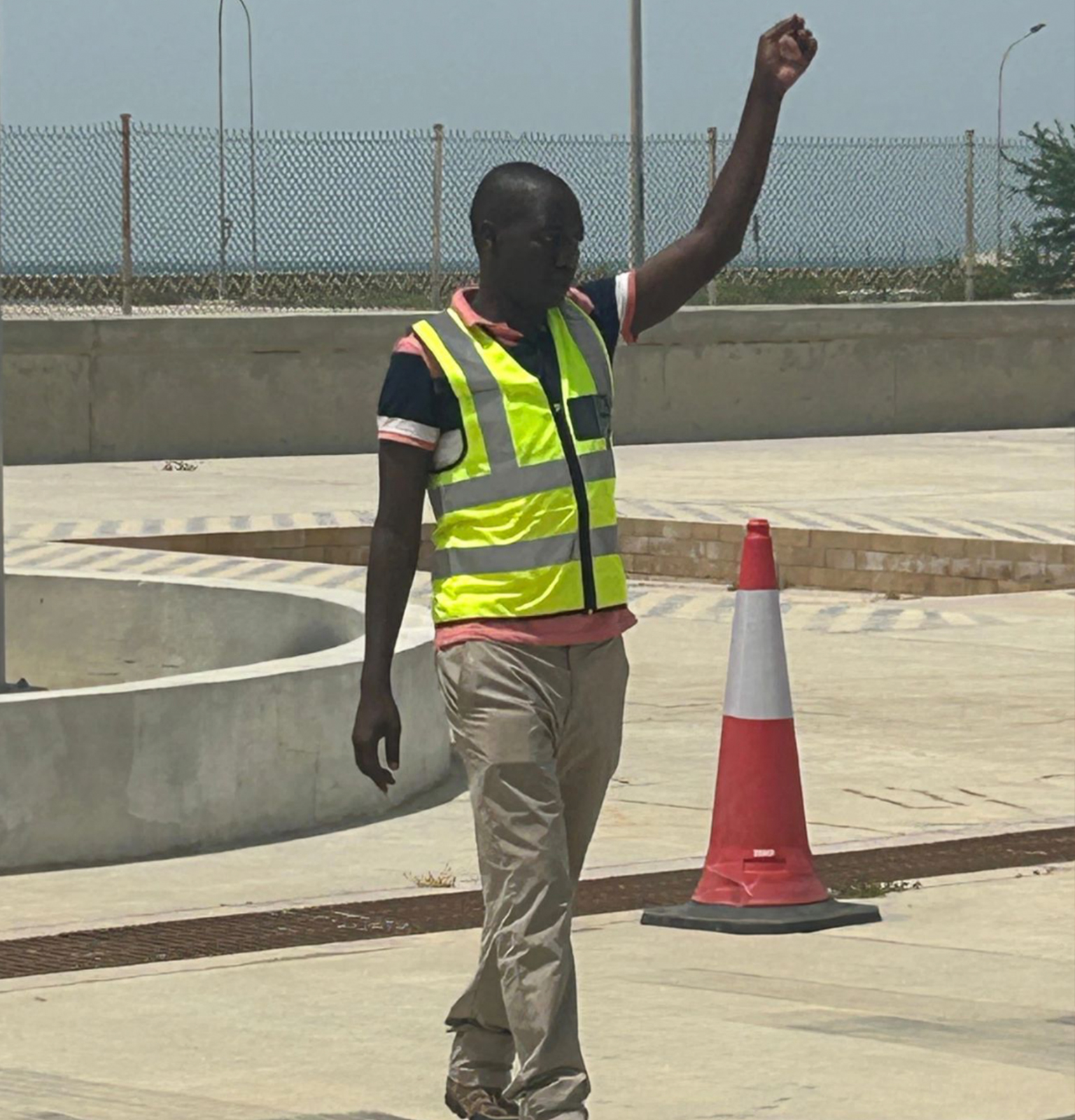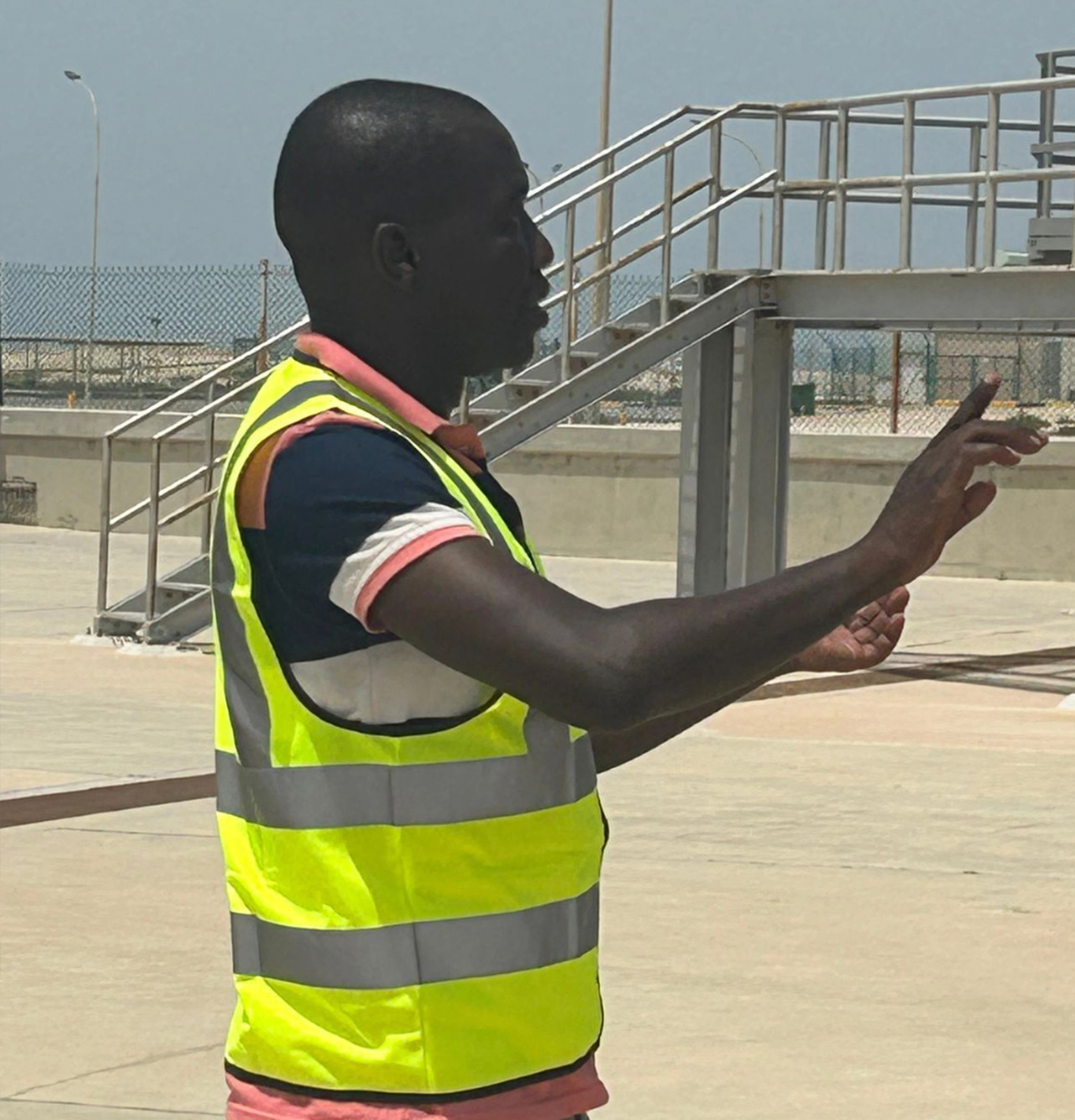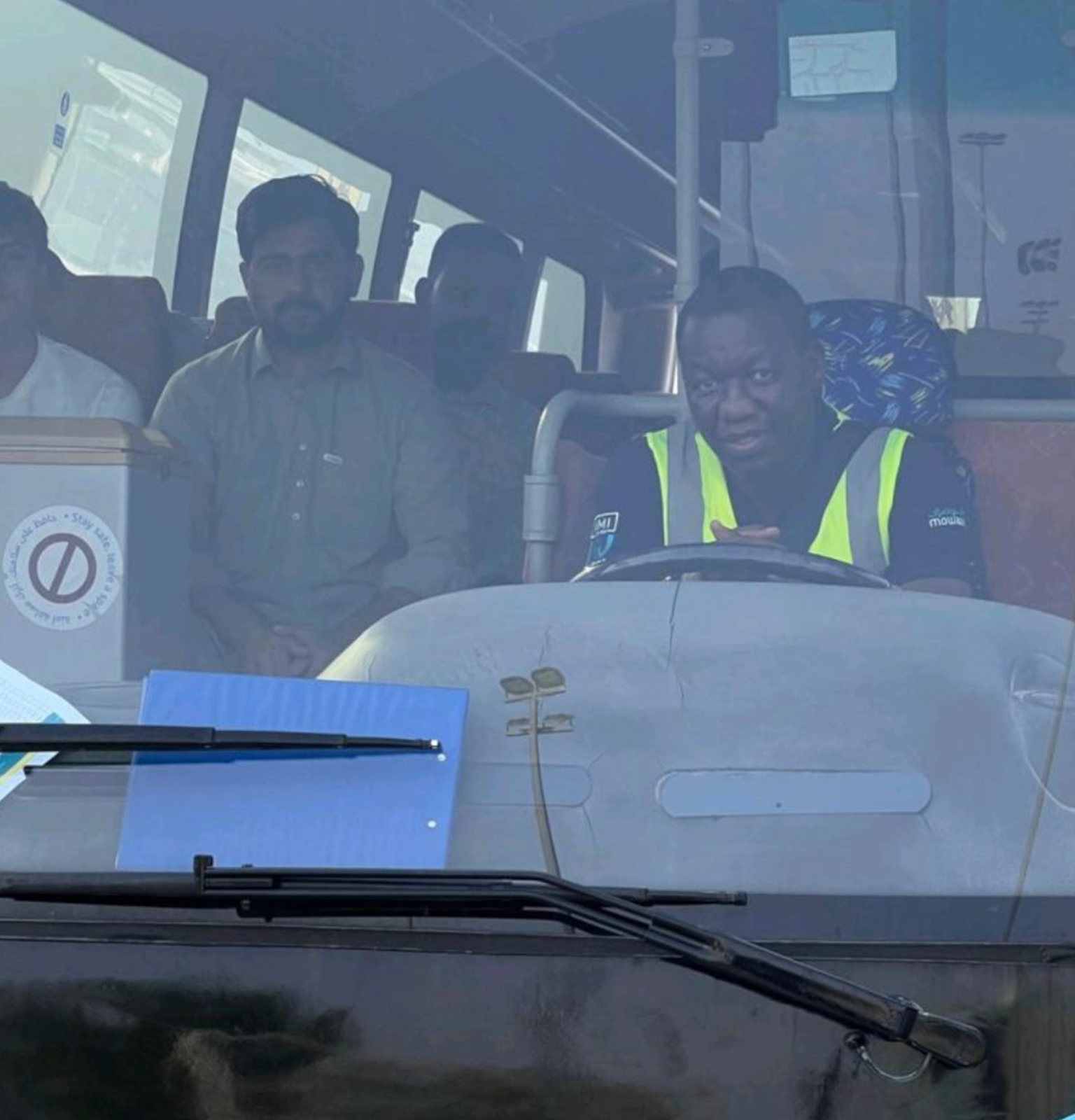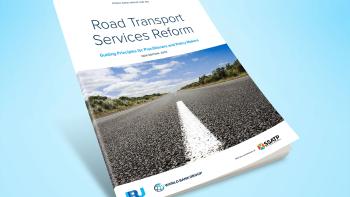Road safety is a huge challenge in Sub-Saharan Africa, for private road users and the commercial road transport sector alike. How can government reforms and actions help? We asked an expert from the region.
Road transport is the bedrock of societies, connecting communities, supporting businesses and driving progress.
However, many Sub-Saharan countries continue to face a road safety crisis. While this is in large part due to private car drivers, the commercial road transport sector is also impacted and can play an important role, working with governments, to make roads safer.
Safer roads help protect precious human life, reducing deaths and injuries from accidents. Safer roads also go hand in hand with more efficient roads, helping boost logistics networks that in turn benefit overall economic and social development.
Governments play a crucial role in enabling, encouraging and enforcing safety for both private and commercial road users.
With the recently published IRU–World Bank mapping out clear reform pathways to make roads and road users safer, smarter and greener, we asked Geoffrey Owuor, a professional road transport trainer with 15 years of experience, to break down some of the challenges – and the corresponding solutions – facing Sub-Saharan Africa and its governments.
What are the three biggest challenges facing road transport in Sub-Saharan Africa?
Sub-Saharan Africa faces a perfect storm of road transport problems: crumbling infrastructure, deadly roads, and weak governance continue to hold back safety, trade, and economic growth.
Most rural roads remain unpaved, and those that exist deteriorate rapidly due to poor maintenance and harsh weather conditions. The result is an unreliable and dangerous network that hinders mobility and trade.
The roads themselves are also deadly. The region has the world’s highest traffic death rate. In my country of Kenya, around 25 people die every day in road crashes, many of which go unrecorded.
Weak governance further compounds these challenges. Inconsistent policies, bureaucratic red tape, and poor coordination among authorities lead to costly delays, safety lapses, and a lack of accountability.
What are some specific issues facing Kenya?
Corruption runs deep in Kenya’s transport sector. Bribery has become standard practice at nearly every level. Traffic police routinely accept payments ranging from KES 50 to 500 to ignore drivers without a licence and dangerous vehicles. Driving licences can be purchased without proper testing, putting unqualified drivers behind the wheel.
Road construction contracts are often inflated, leading to substandard infrastructure. Matatu operators (minibus or similar vehicle used as a taxi) pay bribes to bypass safety regulations. The result is a culture where traffic laws are seen as optional for those willing to pay, eroding public trust and endangering lives.
A widespread lack of awareness compounds the crisis. Driving schools focus on passing tests rather than teaching safe driving. Pedestrians, who make up the majority of road fatalities, are often unaware of basic safety practices.
Passengers accept reckless matatu driving as the norm, while speeding, drunk driving, and skipping seatbelts remain socially acceptable behaviours. Few people know basic first aid, meaning that even minor accidents can quickly turn fatal. The gap between knowing and doing is costing lives every day.
The welfare of road users is largely an afterthought. Pedestrians and cyclists navigate roads without sidewalks or bike lanes. Matatu drivers work exhausting hours under pressure, with no contracts, insurance or benefits.
Emergency response systems are slow and under-equipped, leaving many victims to die waiting for help. Boda-boda riders (bicycle or motorcycle taxis) often lack training, protective gear, or safe operating spaces. Accident victims face financial ruin due to minimal insurance coverage and limited institutional support.
These problems feed one another in a destructive cycle. Corruption undermines enforcement. Ignorance prevents citizens from demanding change. Poor welfare drives risky behaviour, while corruption allows it all to continue.
Breaking this cycle requires a comprehensive approach: cleaning up corruption, investing in large-scale road safety education, and prioritising the welfare of road users in every policy decision.
Kenya’s roads don’t have to be this deadly. But meaningful change will only come by confronting these uncomfortable truths head-on.







